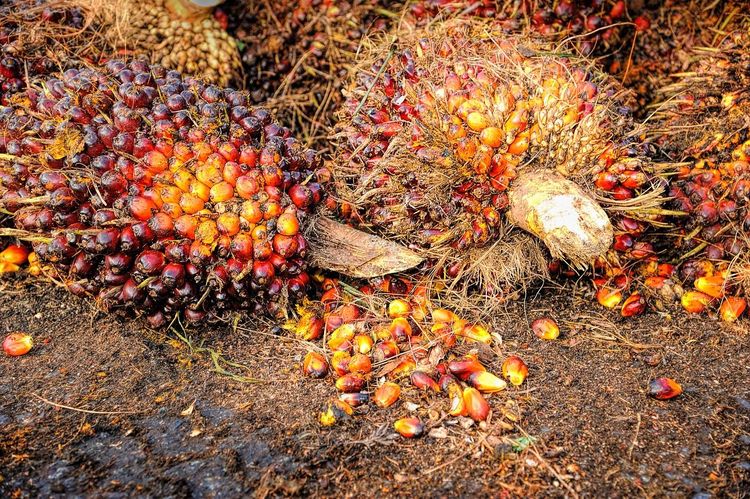Ukraine Grain Exports Reach Highest Levels Since the War Began
Ukraine’s grain exports have accelerated in recent weeks, reaching levels not seen since before the Russia-Ukraine war.
However, exports to Asia, a major customer for Ukraine grain, are facing new difficulties because of threats to Red Sea shipping.
Ukraine exported 1.73 million tonnes of wheat and 3.45 million tonnes of corn in December, up 34% and 45%, respectively, from the prior month. Ukraine’s December’s shipments, while still below prewar levels, represent larger export volumes than in almost any month under the now-lapsed Black Sea Grain Initiative. Ukraine typically exported upward of 6 million tonnes per month of corn and wheat combined before the war began.
Gro shipping data show a sharp jump in the number of dry bulk carriers loading at Odessa port starting in mid-November and continuing into the new year. (See chart below.)
Ukraine set up alternative export routes after the Grain Initiative expired in July, including a corridor along its western Black Sea coast, smaller ports on the Danube River, and overland via Eastern Europe.
The increased exports have helped bring relief for Ukrainian farmers and import-reliant countries. For example, a number of recent ships leaving Odessa have been marked bound for Egypt, which in most years is the world’s biggest wheat importer.
However, Ukraine’s trade with East Africa and Asia, normally via the Suez Canal, has been complicated by recent attacks on shipping by Houthi rebels in the Red Sea. Roughly a quarter of Ukraine’s corn exports are normally sent to China, with smaller amounts also heading for South Korea and Japan. Asian customers for Ukraine wheat include Indonesia, Pakistan, and Bangladesh. The majority of Ukraine’s goods are exported to Europe given the proximity.
Export prices for Ukraine grain might need to remain below other Mediterranean and Black Sea origins, including France, to ensure sales into North Africa and the eastern Mediterranean, which would spare shipments from Ukraine from having to transit around the Cape of Good Hope to reach Asia. Additional shipping costs of going around the Cape also could pressure Ukraine FOB prices lower on a netback basis.
Ukraine produced 30.5 million tonnes of corn in 2023/24, up 13% from the previous year but down 9% from the five-year average before the Russian invasion. For wheat, Gro’s Ukraine Winter Wheat Yield Forecast Model currently indicates yields will slightly surpass last year. Ukraine’s wheat production last year totaled 23.4 million tonnes, up 9% year over year but down 16% from the five-year, prewar average.

The number of dry bulk carriers loading at Odessa rose sharply starting in late 2023 (orange line) and continuing into 2024 (blue line), as Ukraine’s grain exports reached levels not seen since before the Russia-Ukraine war.
 Insight
InsightPrices Surge for Cocoa, Coffee, and Other ‘Soft’ Commodities
 Insight
InsightImproved Conditions Boost Prospects for India’s Upcoming Wheat Harvest
 Blog
BlogSouth America: Growing Season Snapshot
 Insight
Insight

 Search
Search